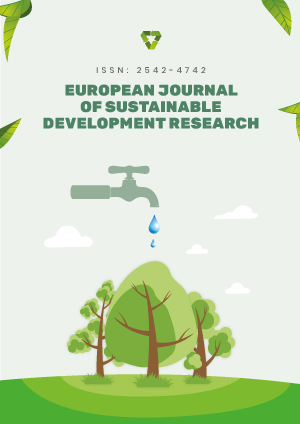Abstract
Earthquakes present a genuine threat to both lives and property, necessitating the minimization of their impact wherever possible. This is especially critical in countries like Iraq, which suffer from inadequate infrastructure. Consequently, this study developed a framework aimed at bolstering Iraq’s current disaster management system to respond to earthquakes. The designation of this system stems from its integration of information and communication technology principles alongside the Internet of things (IoT). The framework’s development was built based on related literature and data collected from websites related to disaster management, including the Ministry of Environment and the Ministry of Communication. The resultant framework was constructed utilizing unified modeling language diagrams, including both use-case and activity diagrams. This endeavor represents one of the few initiatives undertaken in the context of Iraq. Future research endeavors focusing on disaster planning in Iraq and similar contexts may utilize the findings of this study as a foundational resource.
License
This is an open access article distributed under the Creative Commons Attribution License which permits unrestricted use, distribution, and reproduction in any medium, provided the original work is properly cited.
Article Type: Research Article
EUR J SUSTAIN DEV RES, Volume 10, Issue 1, 2026, Article No: em0338
https://doi.org/10.29333/ejosdr/17275
Publication date: 01 Jan 2026
Online publication date: 14 Oct 2025
Article Views: 967
Article Downloads: 850
Open Access References How to cite this article
 Full Text (PDF)
Full Text (PDF)